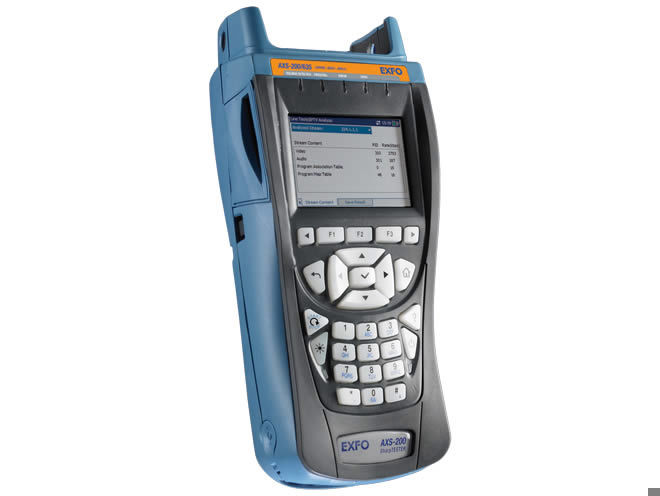AXS-200/635 - Copper, VDSL2, ADSL2+ and IP triple-play test set
- Date discontinuée: 28/02/2014
- Date de fin de service et de support: 28/02/2019

Tous nos produits
AXS-200/635 - Copper, VDSL2, ADSL2+ and IP triple-play test set

AXS-200/635 - Copper, VDSL2, ADSL2+ and IP triple-play test set


